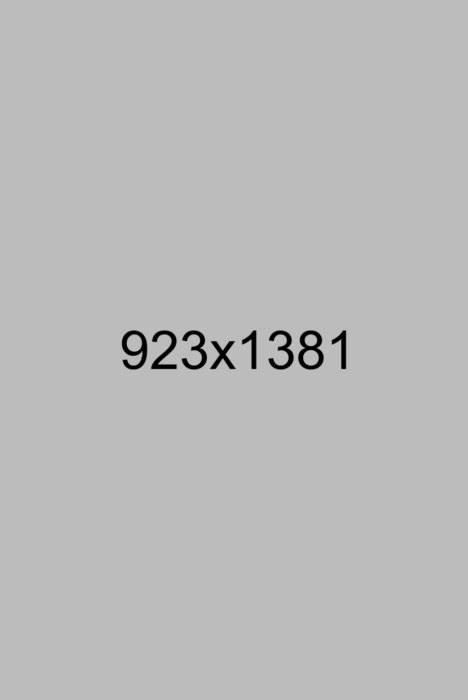In the dynamic realm of contemporary art, few initiatives have captured the essence of change and evolution quite like Manifesta. Over its 30-year journey, Manifesta has not only traversed the diverse landscapes of Europe but has also reshaped the very fabric of its existence, transitioning from a traditional biennial into a vibrant platform for interdisciplinary collaboration and social engagement.
Manifesta’s genesis in the early 1990s marked a pivotal moment in European history, as the continent grappled with the aftermath of the Cold War. Born out of a desire to bridge the divide between East and West, Manifesta emerged as a nomadic biennial, embracing mobility and anti-nationalism in a post-communist era. Under the visionary leadership of German Fluxus gallerist René Block, Manifesta was conceived as a platform to make the invisible visible, fostering dialogue and exchange between artists and art professionals from across Europe.
From its inaugural edition in 1996, Manifesta embarked on a journey of exploration, venturing into new territories both geographically and conceptually. Each edition, hosted in a different European city, became an opportunity to delve into the local cultural, urban, and environmental landscapes, challenging conventions and sparking conversations about the future of Europe. Manifesta’s nomadic nature allowed it to unravel the cultural and geographical DNA of the continent, becoming a beacon of cultural exchange and collaboration.
However, as the years unfolded, Manifesta’s trajectory underwent a profound transformation. No longer content with merely showcasing contemporary art, Manifesta evolved into a platform for co-creation, blending artistic creativity with social commitment and sustainable interventions. This paradigm shift reflected a deeper engagement with the pressing issues of our time, from urban planning and environmental sustainability to social inclusion and cultural diversity.
Underpinning this transformation is Manifesta’s embrace of a co-creation model, which brings together diverse stakeholders – from artistic communities and grassroots organizations to institutional partners and local citizens. By fostering collaboration and dialogue, Manifesta has become a catalyst for change, empowering communities to reimagine their future and transform cultural infrastructures.
Today, Manifesta stands as a testament to the power of art to shape society and drive positive change. As it continues to evolve and adapt to the ever-changing landscape of contemporary art and culture, Manifesta remains committed to its mission of making the invisible visible, one city at a time.
In conclusion, Manifesta’s journey from a nomadic biennial to a platform for co-creation is a testament to its resilience and adaptability in the face of change. By embracing diversity, collaboration, and social engagement, Manifesta has not only redefined the boundaries of contemporary art but has also sparked meaningful conversations about the future of Europe and beyond.

